There are gods you admire, and there are gods you feel.
Lord Shiva — or Shivji, as many lovingly call Him — is both.
He is the Adiyogi, the first yogi, the original teacher of meditation. He is also Mahadeva, the great God — a symbol of both wild power and infinite peace. In Him, opposites meet: destruction and creation, chaos and calm, fire and stillness.
For centuries, seekers have turned to Shiva not out of fear, but out of love — because Shiva does not demand worship; He invites awareness.
At Dharmik Girl, we see Lord Shiva not only as a divine form to bow to, but as a living energy to embody — a reminder that transformation, peace, and freedom are already within us.
For a detailed historical and philosophical overview of Shiva and the Shaiva tradition, you can refer to Britannica’s article on ‘Shaivism
The Origin of Lord Shiva
Unlike many deities who appear within time, Shiva is timeless — Anadi Ananta, without beginning and without end.
According to Vedic and Puranic scriptures, Shiva existed even before creation — as pure consciousness, the stillness before the first sound, the silence before Om.
When creation began, this stillness took form — and so appeared Shiva, the Adiyogi, seated in meditation atop Mount Kailash, radiating stillness, surrounded by snow and silence. From His being flows not just energy, but awakening.
The ancient text Shiva Purana calls Him the source and the dissolver — the one who destroys ignorance so that truth may shine.
To understand Shiva is to understand life’s dance — how endings give birth to beginnings.
Names and Forms of Lord Shiva
Shiva is known by many names, each reflecting a sacred aspect of His being:
| Name | Meaning |
|---|---|
| Mahadeva | The Great God |
| Bholenath | The Innocent Lord, simple and easily pleased |
| Rudra | The Fierce One, who burns away illusion |
| Neelkanth | The Blue-Throated One who drank the poison to save creation |
| Shambhu | The Source of Happiness and Auspiciousness |
| Nataraja | The Lord of Dance, whose cosmic rhythm sustains creation |
| Pashupati | Lord of all living beings |
| Adiyogi | The first yogi, the origin of spiritual wisdom |
| Ardhanarishvara | The union of Shiva and Shakti in one body, symbol of balance |
Each name tells a story — of compassion, of transformation, of divinity meeting humanity.
The Sacred Family of Lord Shiva
Shiva’s family is a universe of divine symbolism.
-
Maa Parvati (Shakti) — the gentle and powerful consort, representing divine energy.
-
Lord Ganesha — the remover of obstacles and embodiment of wisdom. Every prayer starts with Ganesh mantra
-
Kartikeya (Murugan) — the god of courage and victory.
-
Nandi — the bull, symbol of devotion and patience, always kneeling before the Lord.
Together, they represent the perfect balance between meditation and action, wisdom and devotion, strength and compassion.
The Symbolism of Lord Shiva’s Form
Every element of Shiva’s image carries layers of spiritual truth. Let’s explore each deeply:
Crescent Moon – The Rhythm of Time
The moon on Shiva’s head represents control over time and emotion. It reminds us to flow with life’s phases — to embrace change, not fear it.
River Ganga – Grace Flowing from Stillness
Ganga flows from His matted locks, symbolizing purity and liberation. Just as the river cleanses, spiritual awareness purifies the heart.
Third Eye – Vision Beyond Duality
When Shiva opens His third eye, illusions burn. It represents awakening — seeing beyond appearances to the eternal truth beneath.
Cobra – Power over Fear and Desire
The snake around His neck shows victory over primal instincts. Shiva doesn’t kill the serpent — He wears it — showing that mastery is not suppression, but transformation.
Trishul – Mastery over Three Forces
The trident signifies dominion over creation, preservation, and destruction. On a personal level, it represents conquering ego, mind, and attachments.
Blue Throat (Neelkanth) – Compassion Beyond Self
When poison emerged from the ocean, Shiva drank it to protect creation. It stayed in His throat, turning it blue — teaching that compassion sometimes means holding pain silently for others’ peace.
Ashes – The Truth of Impermanence
Shiva’s body is smeared with ash, a reminder that everything returns to dust. Acceptance of impermanence is the path to true freedom.
In Shiva’s form lies every lesson life wishes to teach — from humility to transcendence.
The Sacred Union of Shiva and Shakti
Shiva is pure consciousness, and Shakti is energy. One cannot exist without the other.
Their union forms Ardhanarishvara — half-male, half-female — a profound reminder that creation arises from balance.
This divine partnership is not about gender; it’s about energy. Within each of us, the dance of Shiva and Shakti continues — between stillness and movement, intellect and emotion, detachment and love.
When you balance your inner Shiva and Shakti, you stop fighting life and start flowing with it.
Lord Shiva in His Many Forms
Shiva manifests in countless divine aspects:
-
Nataraja – the cosmic dancer whose rhythm creates and dissolves worlds.
-
Dakshinamurthy – the silent guru who teaches through stillness.
-
Bhairava – the fierce protector and guardian of sacred energy.
-
Lingam – the formless symbol of infinite consciousness.
-
Somnath, Kedarnath, Rameshwaram, Kashi Vishwanath – sacred Jyotirlingas where Shiva’s light is worshiped eternally.
Each form reflects an aspect of consciousness — fierce, gentle, teacher, protector — yet all return to one truth: everything is Shiva.
Lessons Lord Shiva Teaches for Modern Life
Even today, Shiva’s wisdom is medicine for restless hearts.
1. Detach, but Don’t Withdraw
Shiva lives in solitude, yet He loves deeply. He shows us how to live in the world without being bound by it.
2. Embrace Change as Transformation
Every ending is a new beginning. When life feels chaotic, remember — even destruction is sacred when it leads to rebirth.
3. Seek Silence in a Noisy World
Shiva’s meditation is a reminder that true answers rise in stillness, not in struggle.
Try this: Sit for five minutes each morning, eyes closed, silently chanting “Om Namah Shivaya.” Feel the stillness grow within.
4. Let Go of the Ego
His ash-covered body teaches humility. Ego burns when touched by awareness.
5. Love Without Ownership
Shiva’s love for Parvati is pure — not possessive, but liberating. Love becomes divine when it gives freedom, not control.
Worship and Devotion: How to Connect with Lord Shiva
You can connect with Shiva in countless ways — through bhakti (devotion), japa (chanting), dhyana (meditation), or seva (service).
-
Chant the Panchakshari Mantra — “Om Namah Shivaya” daily with sincerity.
-
Observe Maha Shivratri — the night of Shiva’s awakening — through fasting, meditation, or quiet reflection.
-
Offer Bilva leaves, milk, and water to the Shiva Lingam.
-
Keep a photo or idol of Shiva in your sacred corner — not as a decoration, but as a reminder of awareness.
-
Practice letting go — surrender one attachment daily at His feet.
💬 Journal Prompt:
What would I release today if I trusted the universe as deeply as Shiva does?
Lord Shiva’s Festivals and Celebrations
-
Maha Shivratri: Celebrates Shiva’s cosmic dance and union with Parvati. Devotees stay awake, meditate, and chant all night.
-
Shravan Month: The most auspicious period to worship Shiva with fasting, prayers, and water offerings.
-
Pradosh Vrat: A bimonthly fast observed on the 13th day of each lunar fortnight, dedicated to Lord Shiva’s blessings.
Shiva in Art, Dance, and Culture
Shiva’s dance as Nataraja symbolizes the universe’s rhythm — creation, preservation, and dissolution. Artists, musicians, and yogis across centuries have drawn from His energy.
In modern art and dance, Shiva’s form represents inner balance, transformation, and spiritual freedom. Every movement of Nataraja says:
“When you dance with awareness, life itself becomes meditation.”
The Philosophical Meaning of Shiva
Shiva is not a distant deity — He is a state of consciousness.
He represents the awareness that witnesses everything — joy and pain, gain and loss — without being shaken.
When you discover that silent witness within you, you experience Shivoham — “I am Shiva,” meaning I am consciousness itself.
In truth, worshiping Shiva is remembering who you are.
Conclusion: The Silence Within
Lord Shiva is not just worshiped — He is experienced.
He lives in every moment of surrender, every breath of meditation, every act of compassion. He is the fire that burns away illusion, and the peace that follows when nothing remains to fear.
When the world feels heavy, sit in silence — whisper Om Namah Shivaya.
In that stillness, you will find Him — not on Mount Kailash, but within your own heart.
May the grace of Mahadeva guide your journey toward awareness, peace, and transformation.
Frequently Asked Questions About Lord Shiva
1. Who is Lord Shiva in Hinduism?
Lord Shiva is one of the principal deities of Sanatan Dharma, known as the destroyer and transformer within the Holy Trinity (Trimurti). He embodies pure consciousness and is revered as the Adiyogi — the origin of yoga and meditation.
2. Why is Lord Shiva called Bholenath?
Because He is easily pleased by sincere devotion. “Bhola” means innocent — He looks at the devotee’s heart, not ritual perfection.
3. Why does Lord Shiva have a third eye?
His third eye represents spiritual wisdom — the vision that sees beyond illusion and ignorance. When opened, it burns away untruth and ego.
4. What does Om Namah Shivaya mean?
It means “I bow to Shiva,” or more deeply, “I honor the divine consciousness within.” It’s one of the most sacred mantras for purification and inner peace.
5. Why does Lord Shiva smear ashes on His body?
The ashes remind us that all material forms are temporary. They symbolize detachment and the truth that the soul alone is eternal.
6. What is the relationship between Shiva and Shakti?
They are two halves of one whole — consciousness and energy, awareness and creation. Together they sustain the cosmos.
7. What are Jyotirlingas?
Jyotirlingas are twelve sacred shrines across India where Lord Shiva manifested as pillars of light. Visiting them is believed to bring immense spiritual merit.
8. Why do devotees offer Bilva leaves to Shiva?
The three-leafed Bilva represents the trinity of creation, preservation, and destruction — offering it is symbolic surrender to His divine will.
9. When is Maha Shivratri celebrated?
It falls in the dark fortnight of the month of Phalguna (February–March). Devotees stay awake, chant, and meditate through the night.
10. How can one feel Lord Shiva’s presence in daily life?
Through awareness, silence, self-reflection, compassion, and detachment. When your mind becomes still, you experience the Shiva within.




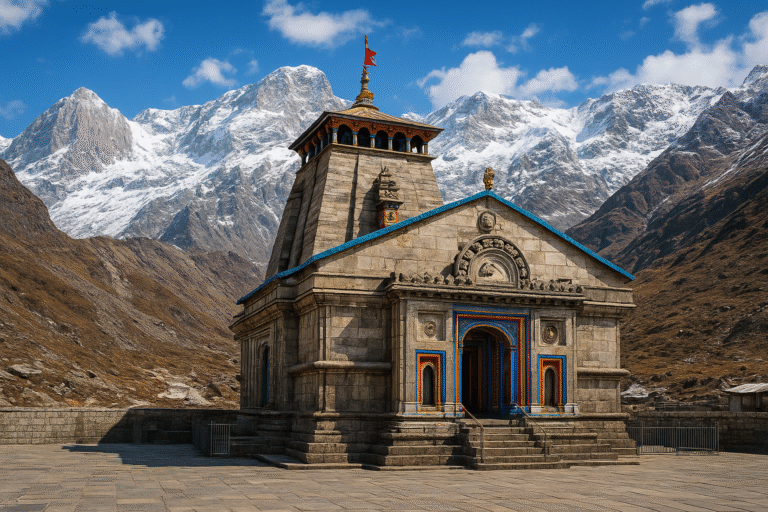


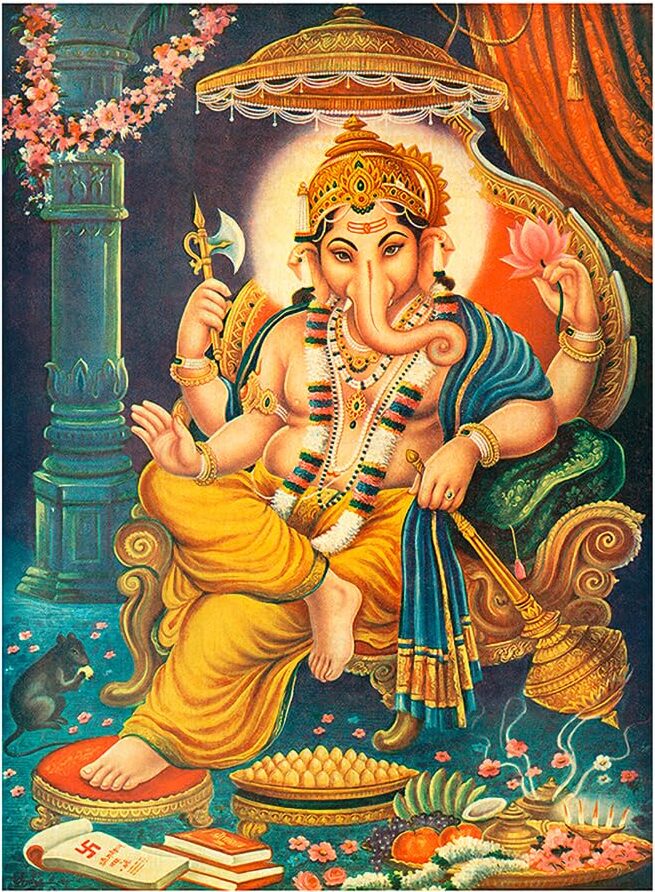
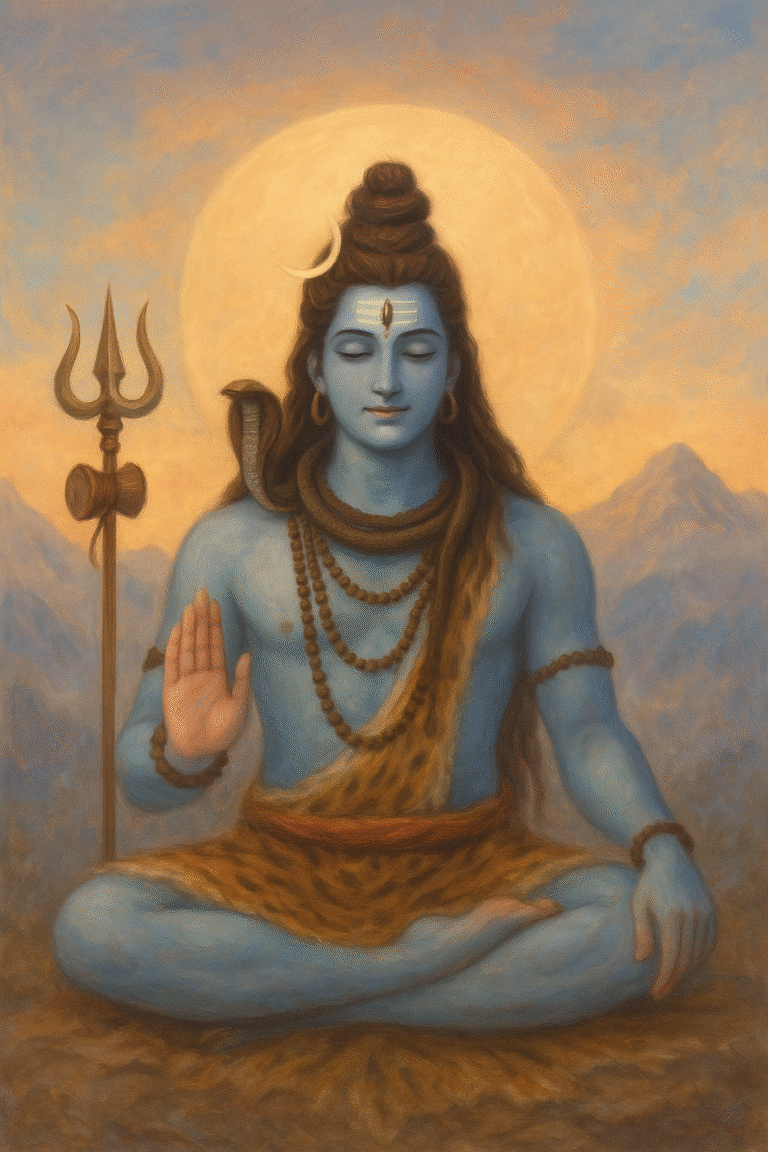
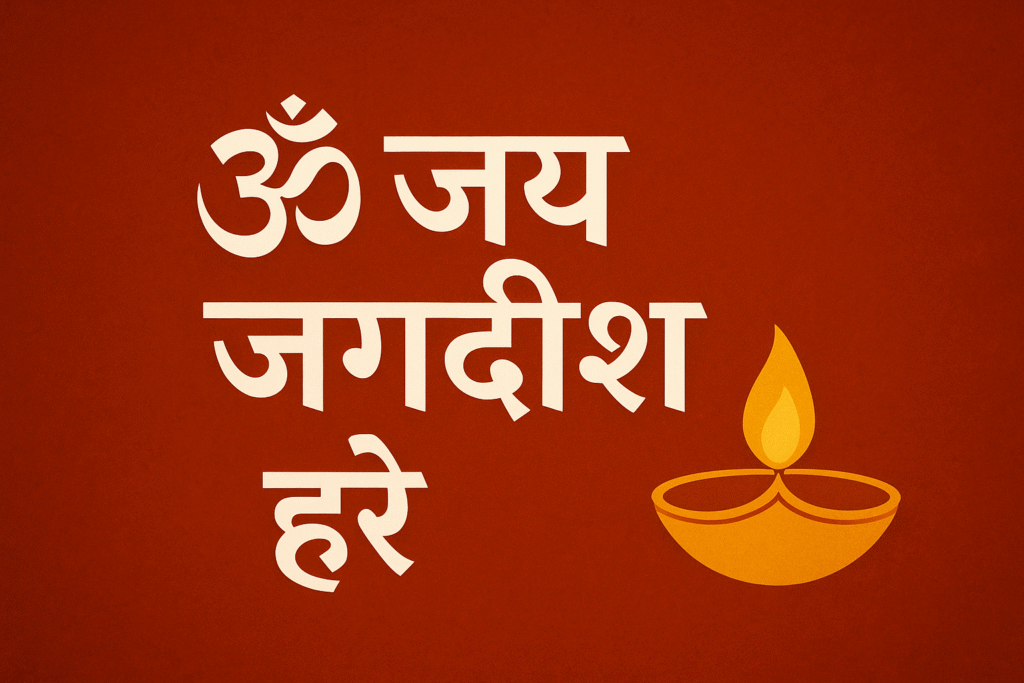

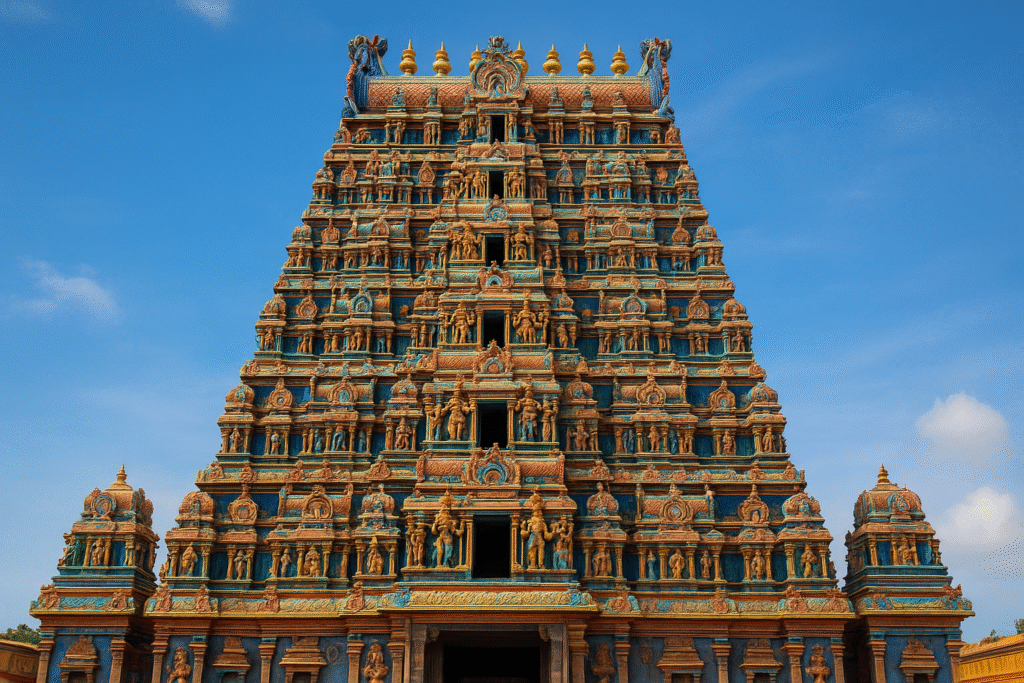
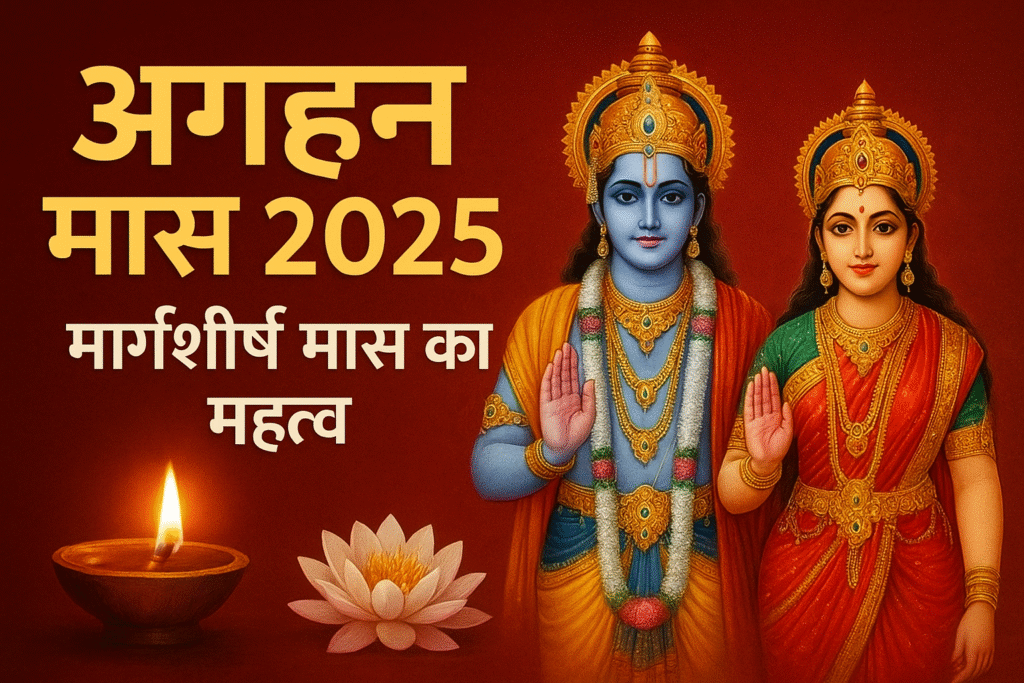
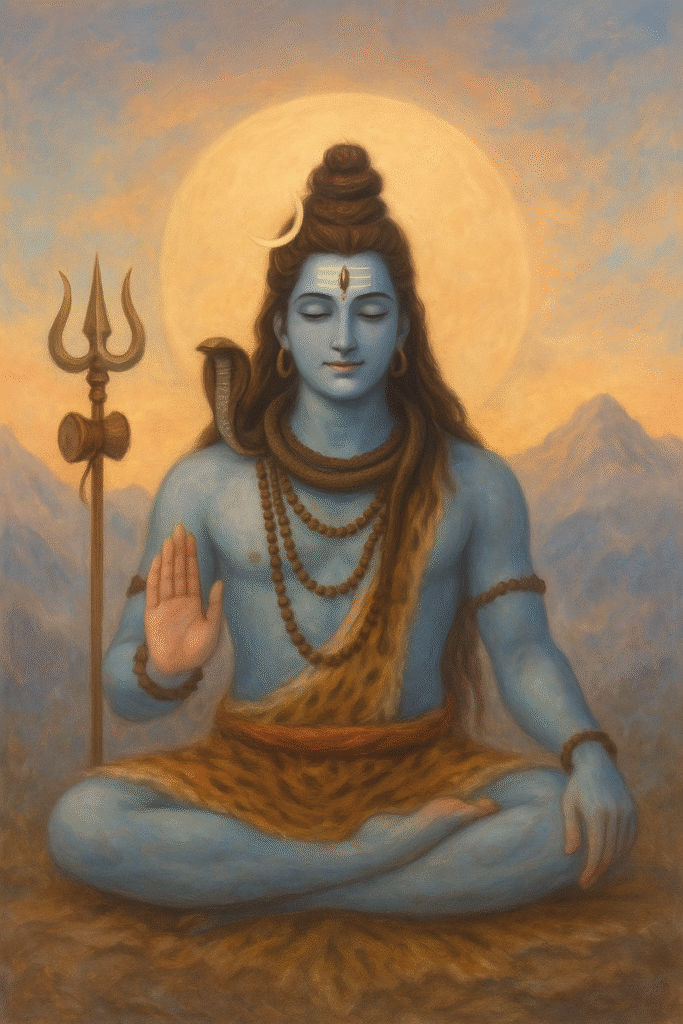
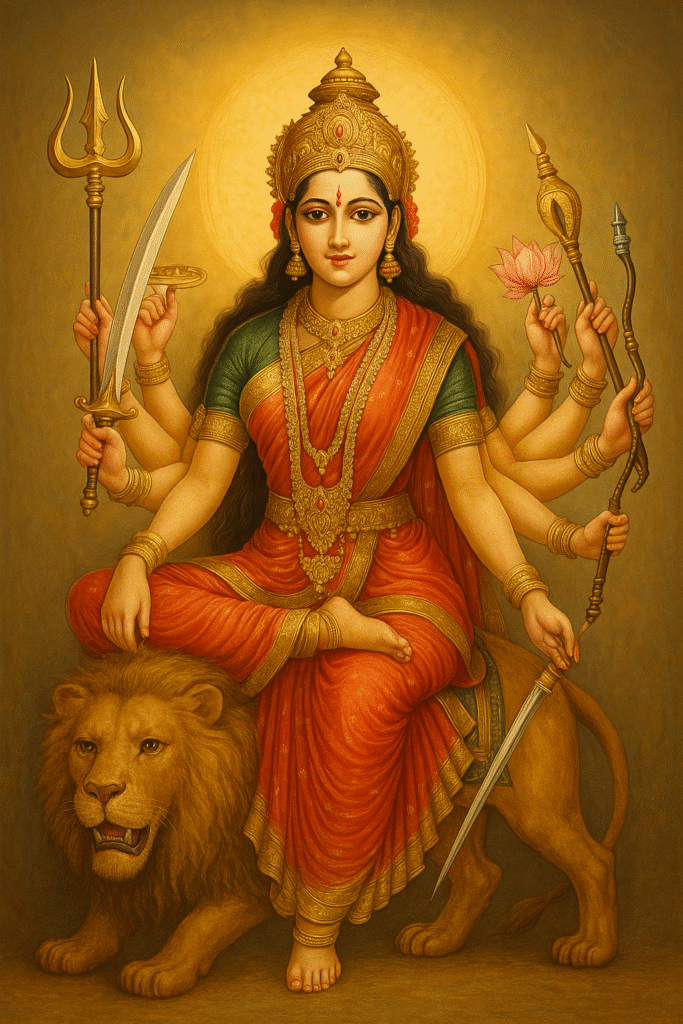
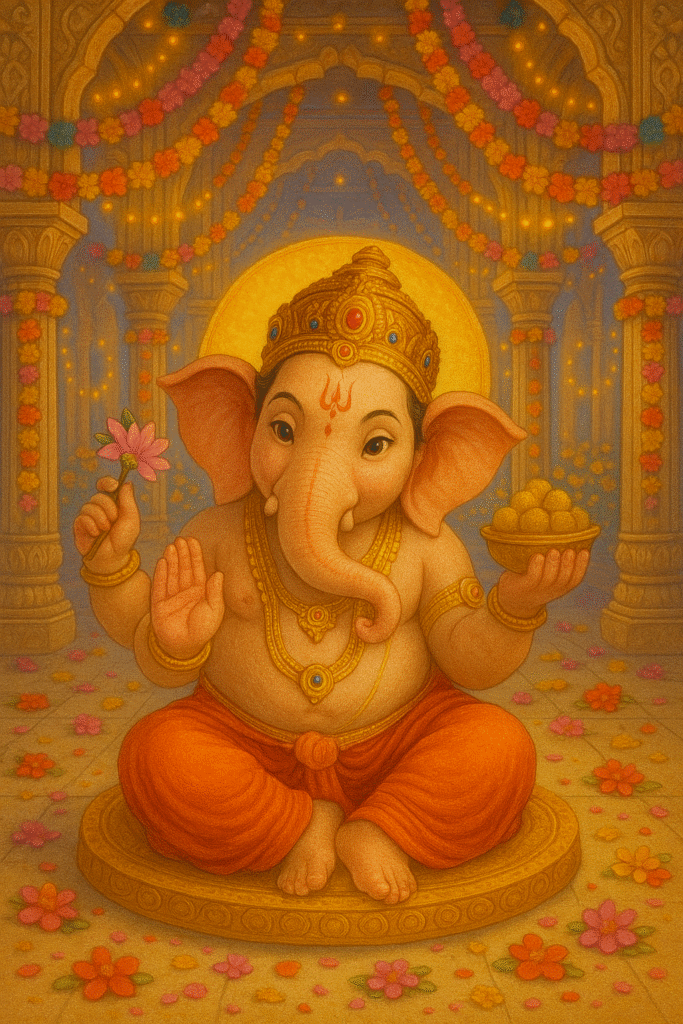
3 Responses